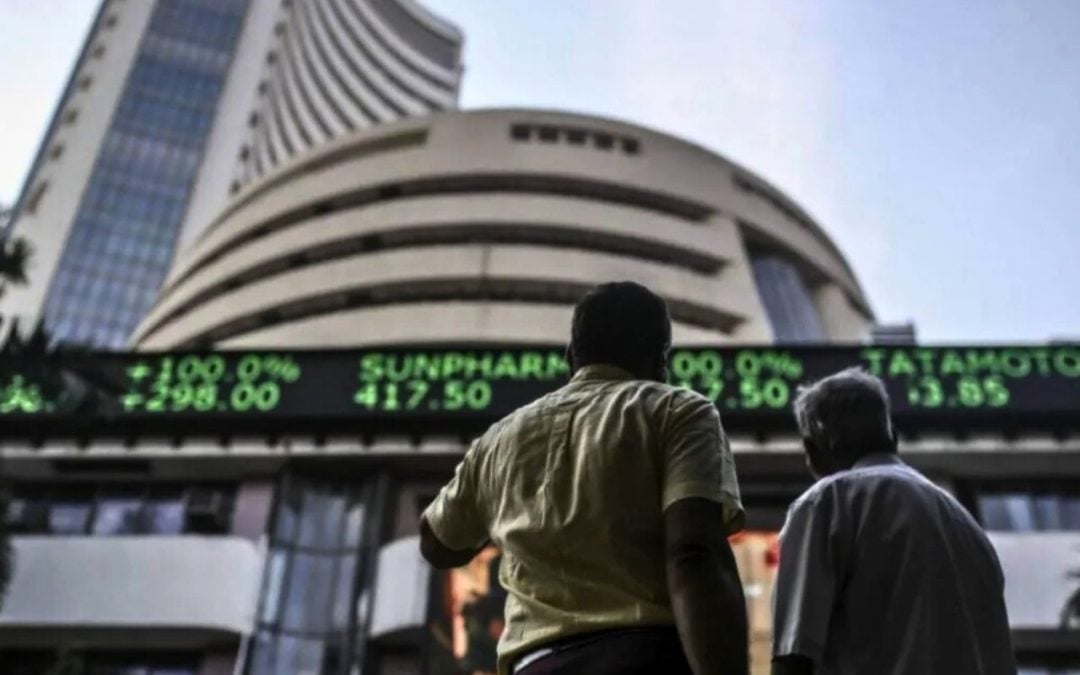In the stock market, price bands (also known as circuit limits) are rules established by exchanges to regulate the daily price fluctuations of a stock and mitigate excessive volatility.
When a stock’s price band changes from 5% to 20%, it means the daily price movement limit has been increased, allowing the stock’s price to rise or fall by up to 20% from the previous day’s closing price instead of just 5%. This adjustment is usually made by exchanges like NSE or BSE when the stock experiences higher trading activity or significant price changes.
Increasing the price band to 20% helps provide more flexibility for price discovery while still protecting investors from extreme fluctuations. Below is a list of stocks where the price band was recently changed from 5% to 20%.
Here is the List of stocks to look out for:
TVS Holdings Ltd
TVS Holdings Ltd, formerly Sundaram-Clayton Ltd, is a diversified Indian company with roots in automotive component manufacturing. Established in 1962, its operations now include a significant stake in TVS Motor Company and its own non-banking financial activities after a recent demerger.
Dalmia Bharat Sugar & Industries Ltd
Dalmia Bharat Sugar & Industries Ltd (DBSIL) is a prominent integrated agro-energy company in India, primarily involved in the manufacturing of sugar, power generation, and the production of industrial alcohol (ethanol). The company is part of the larger Dalmia Bharat Group, which also has significant interests in cement and refractories.
Maharashtra Scooters Ltd
Maharashtra Scooters Ltd. (MSL) is a Core Investment Company (CIC) and a subsidiary of Bajaj Holdings and Investment Ltd, with its main focus on managing investments, primarily within the Bajaj group companies, while also engaging in manufacturing dies and die-casting components for the auto industry.
Welspun Investments & Commercials Ltd
Welspun Investments and Commercials Ltd (WICL) is a core investment company that holds shares in other Welspun Group companies and is involved in trading textile products and commodities. Its revenue is significantly dependent on the performance of its investee companies, as well as stock market price movements and dividends.
Accent Microcell Ltd
Accent Microcell Ltd. is a manufacturer and exporter of cellulose-based pharmaceutical excipients, specializing in microcrystalline cellulose (MCC). The company produces a variety of MCC grades for the pharmaceutical, nutraceutical, food, cosmetic, and other industries, with manufacturing facilities in Pirana and Dahej, Gujarat, and serves customers in over 45 countries worldwide.
Jayesh Logistics Ltd
Jayesh Logistics Ltd. is a logistics and supply chain company that specializes in freight and non-freight services, operating mainly in Eastern India and the Indo-Nepal corridor. The company provides a range of services, including road and rail freight transportation, port handling, customs clearance, warehousing, and end-to-end supply chain management for clients in sectors like steel, cement, and heavy machinery.
Jay Bharat Maruti Ltd
Jay Bharat Maruti Limited (JBML) is an Indian auto component manufacturer that supplies sheet metal parts, welded assemblies, exhaust systems, and fuel neck fillers to automakers, primarily Maruti Suzuki India Limited (MSIL).
The company has multiple manufacturing facilities in India and has expanded its product range to include rear axles, torsion beams, and the design and development of tools and dies.
Why does the price band change from 5% to 20%?
Stocks are moved from a 5% band to a 20% band to better accommodate larger price movements while still managing risk. Here’s why this happens:
- Increased price volatility: When a stock’s price shows bigger swings beyond the 5% limit, exchanges increase the band to 20% to allow natural price discovery.
- Surge in trading activity: Heavy buying or selling can cause sharp price moves, so a wider band prevents frequent trading halts and helps smooth trading.
- Investor protection: While the band is increased, the limit still prevents extremely large, uncontrolled price swings that could harm investors.
- Reduce speculative trading: By adjusting the band, exchanges aim to balance quick trading without causing unnecessary panic or instability.
- Part of regular market monitoring: Exchanges continuously monitor stocks and adjust bands based on their trading patterns to maintain fair and orderly markets.
Written by Sridhar J
Disclaimer

The views and investment tips expressed by investment experts/broking houses/rating agencies on tradebrains.in are their own, and not that of the website or its management. Investing in equities poses a risk of financial losses. Investors must therefore exercise due caution while investing or trading in stocks. Trade Brains Technologies Private Limited or the author are not liable for any losses caused as a result of the decision based on this article. Please consult your investment advisor before investing.


